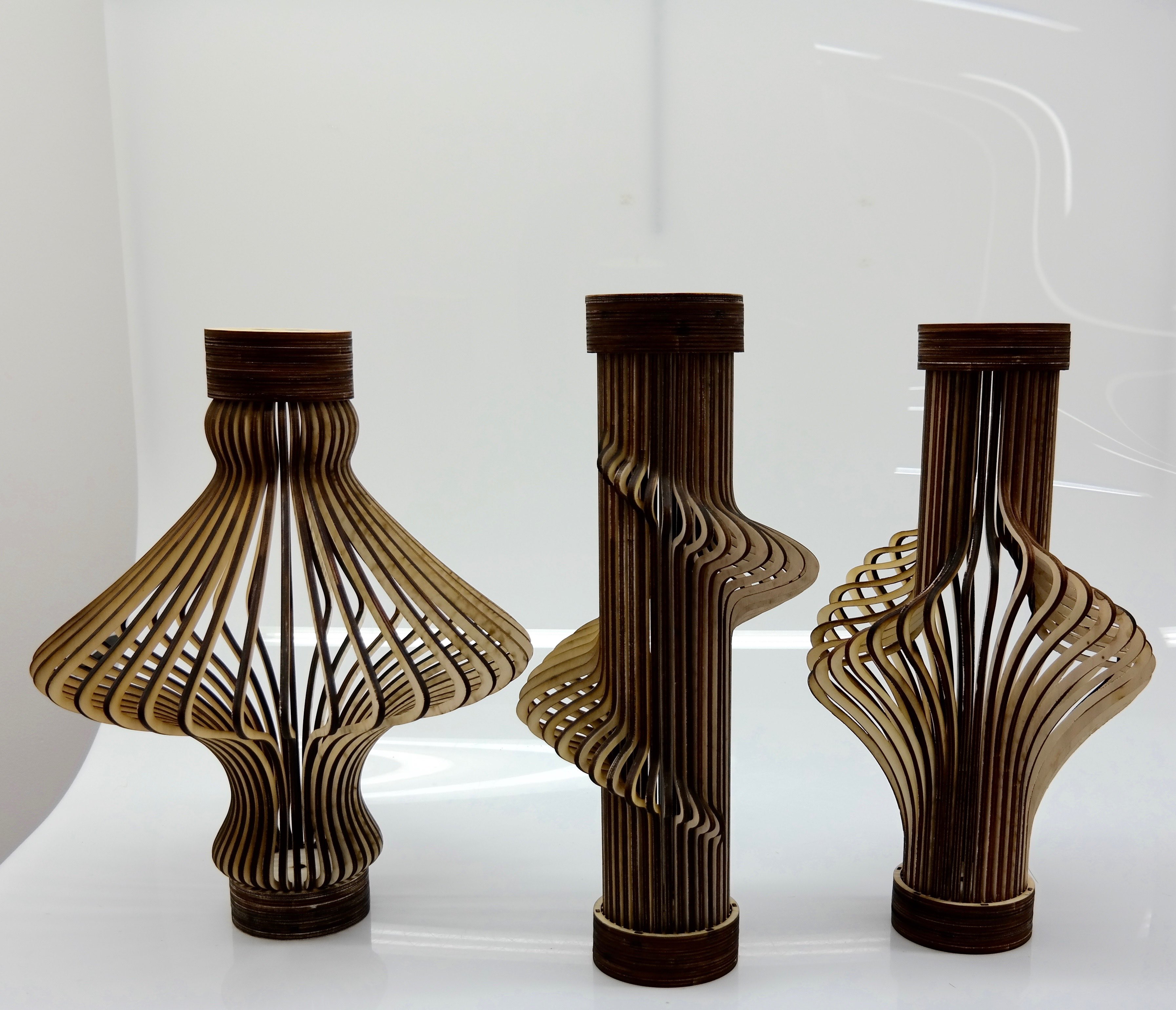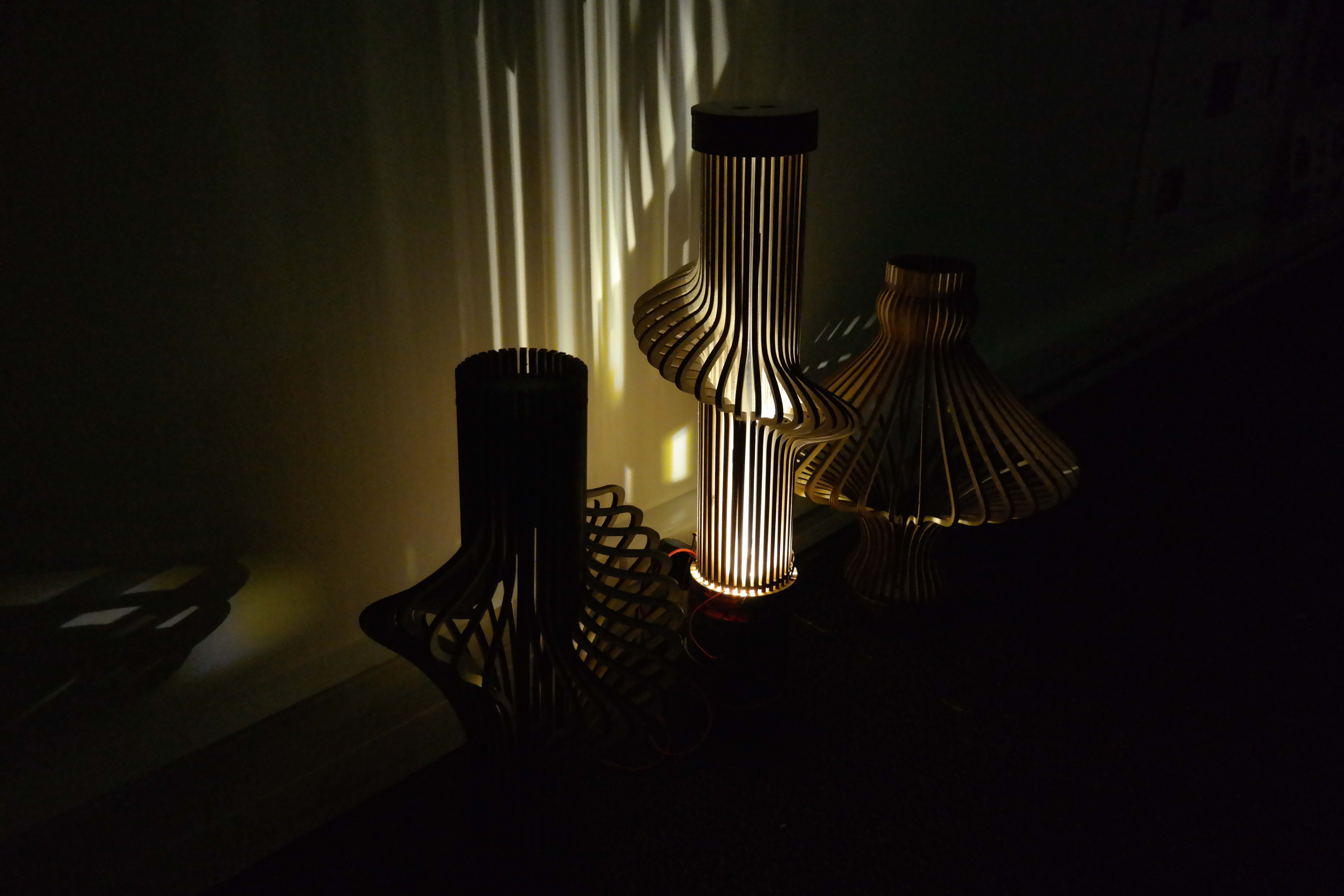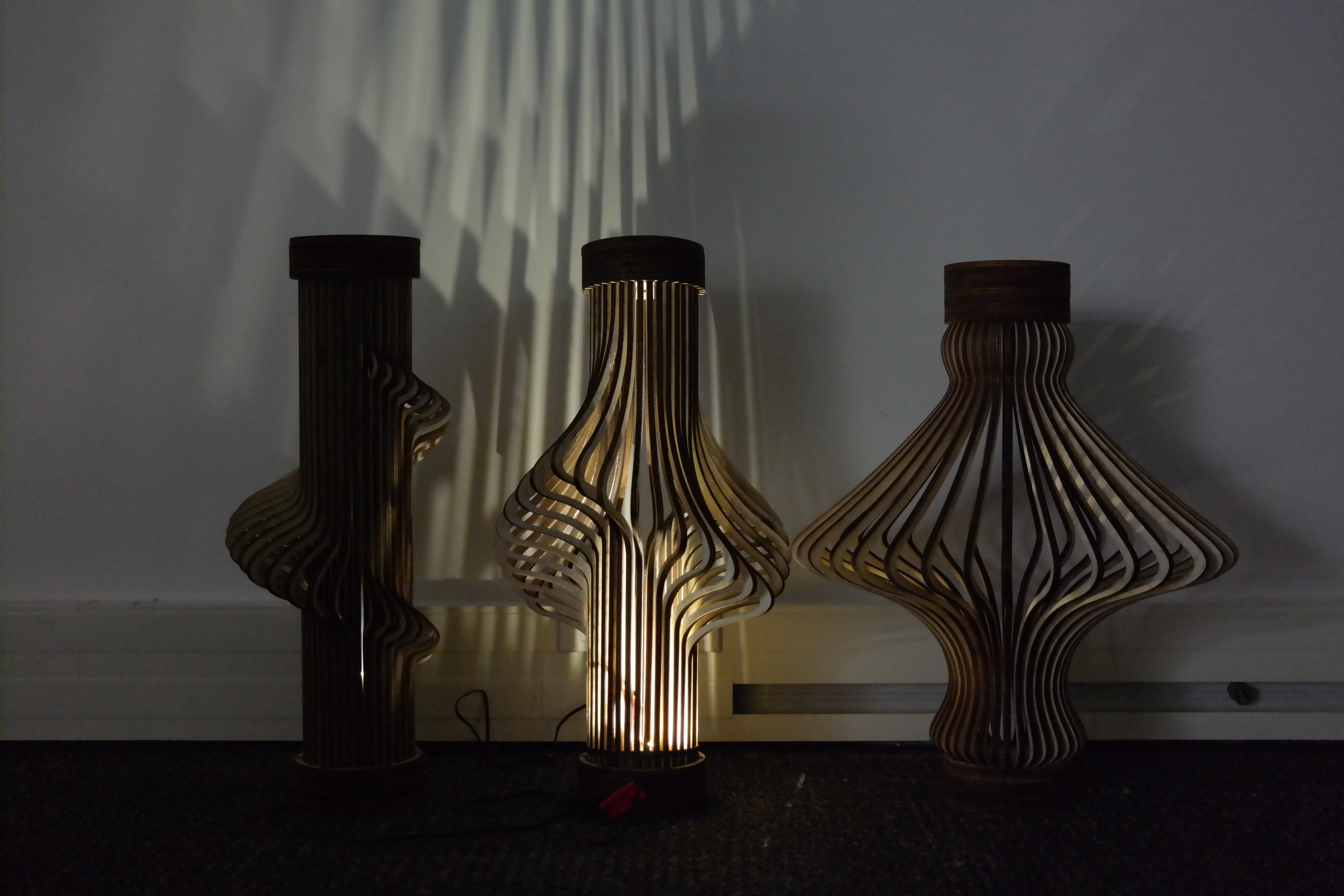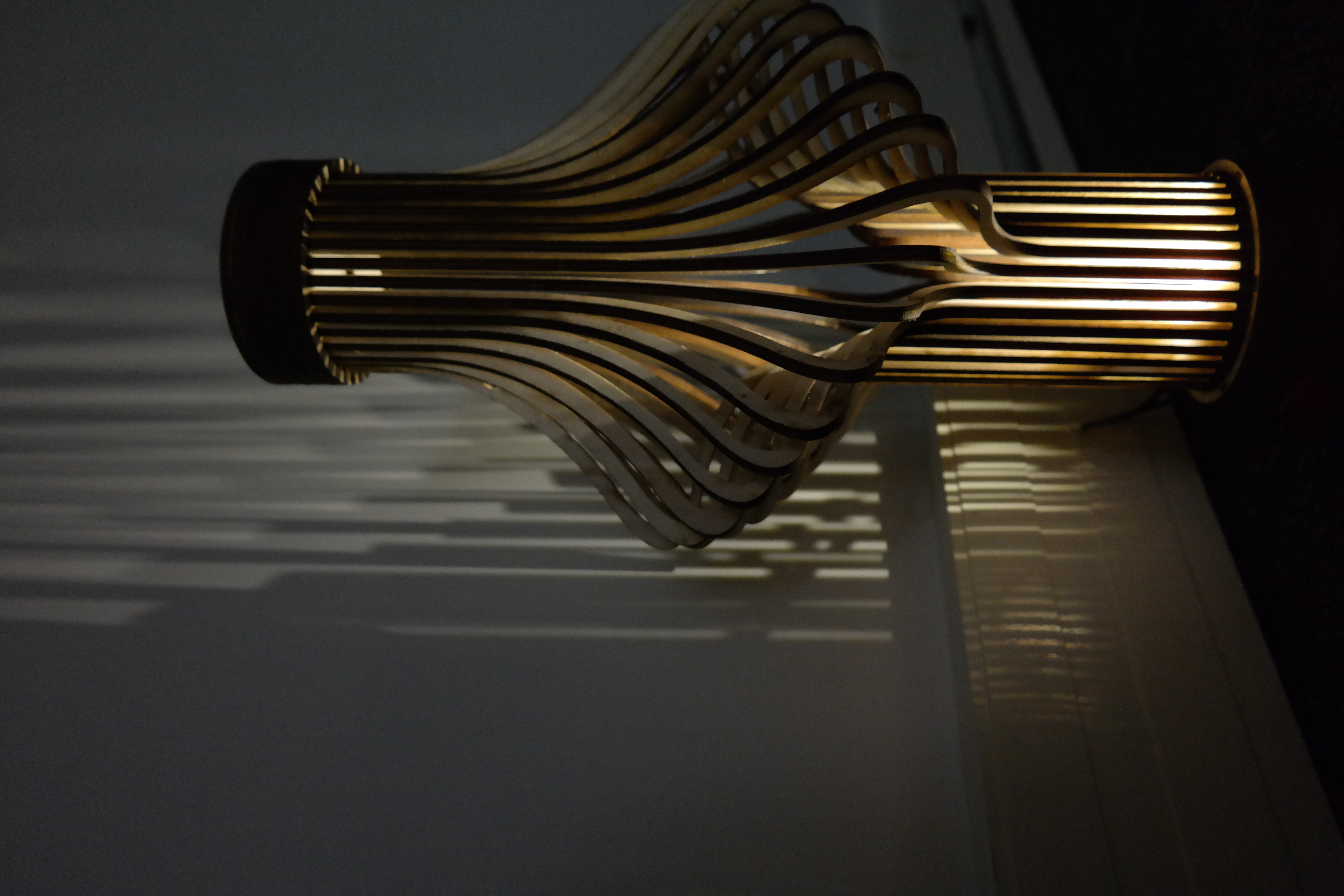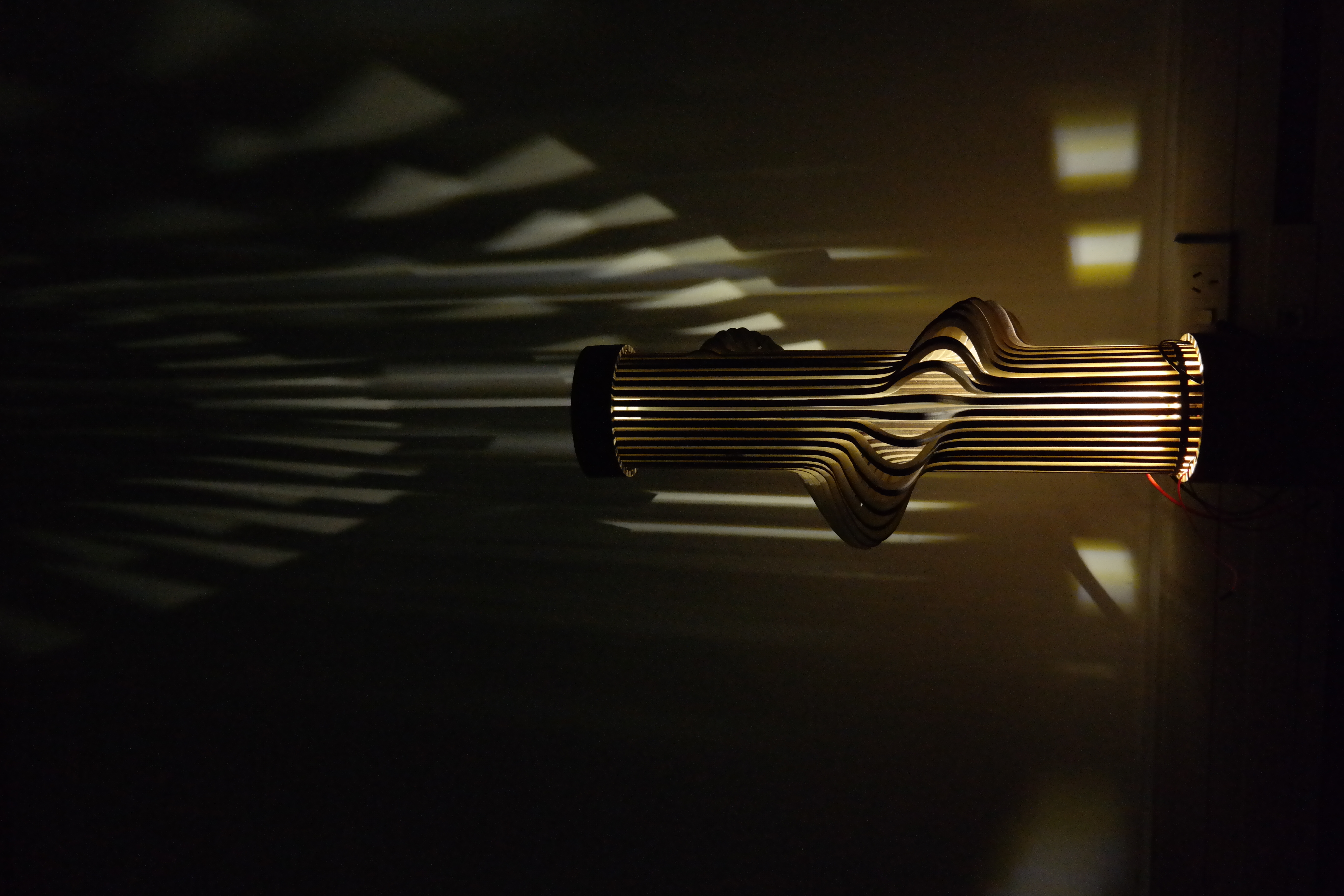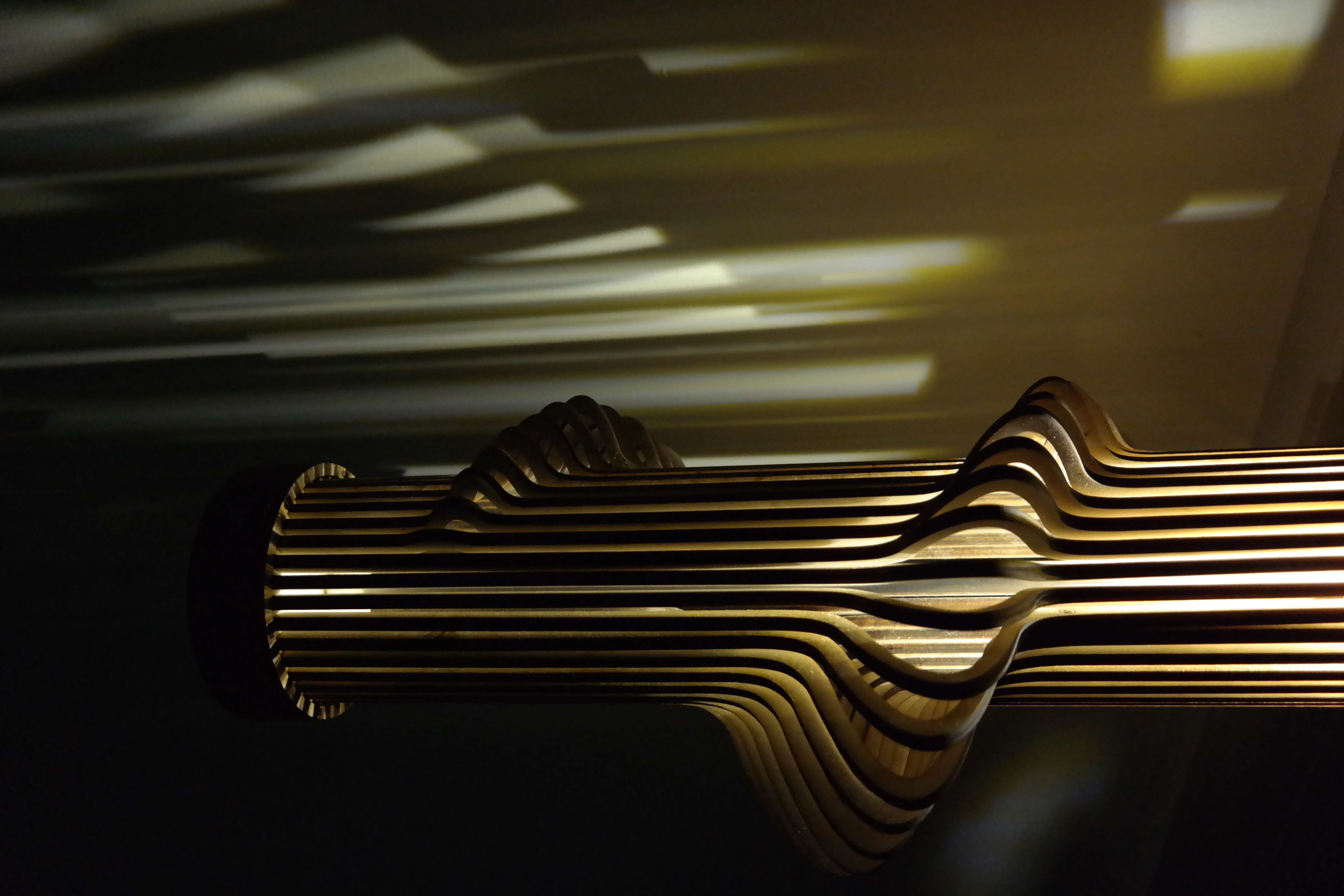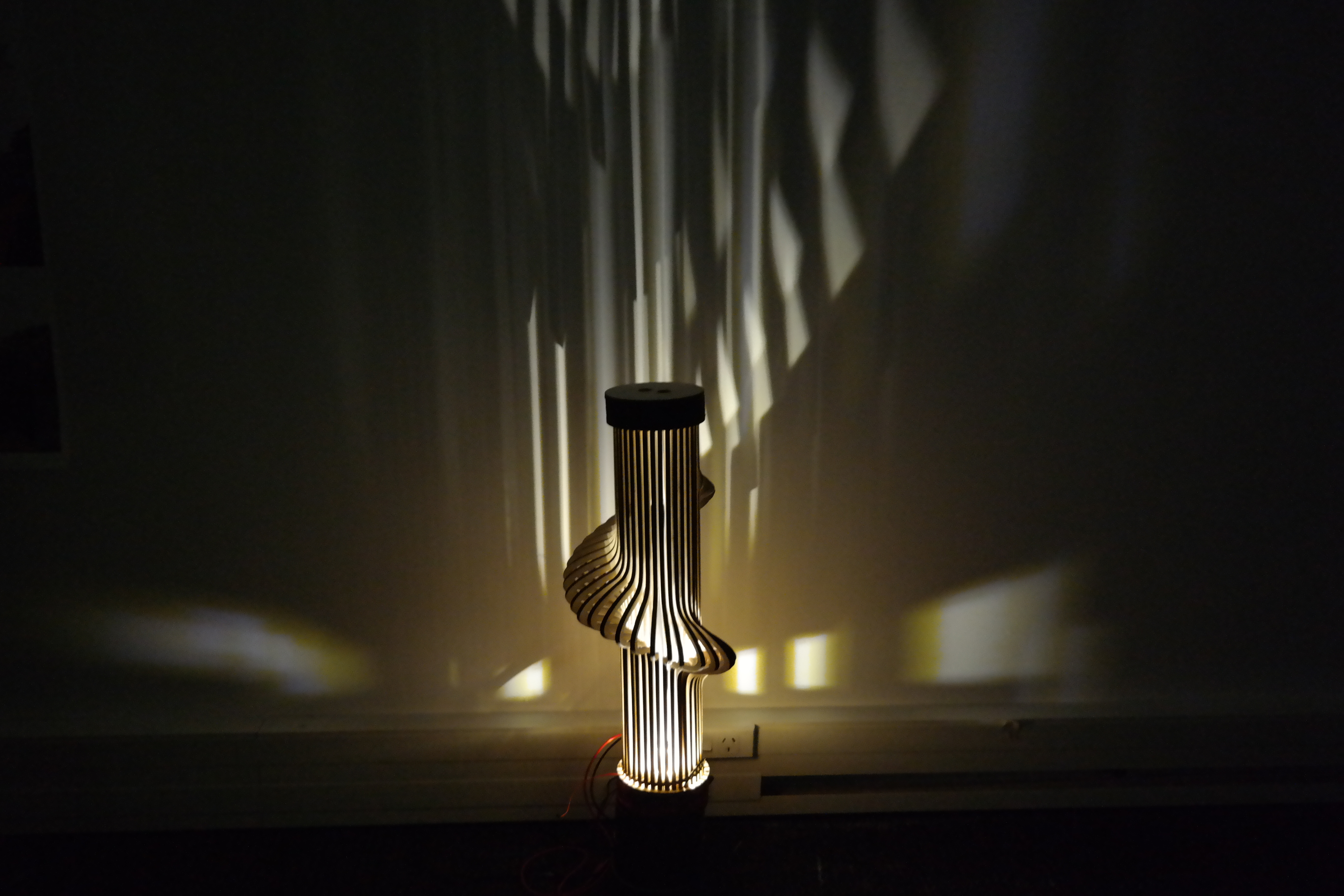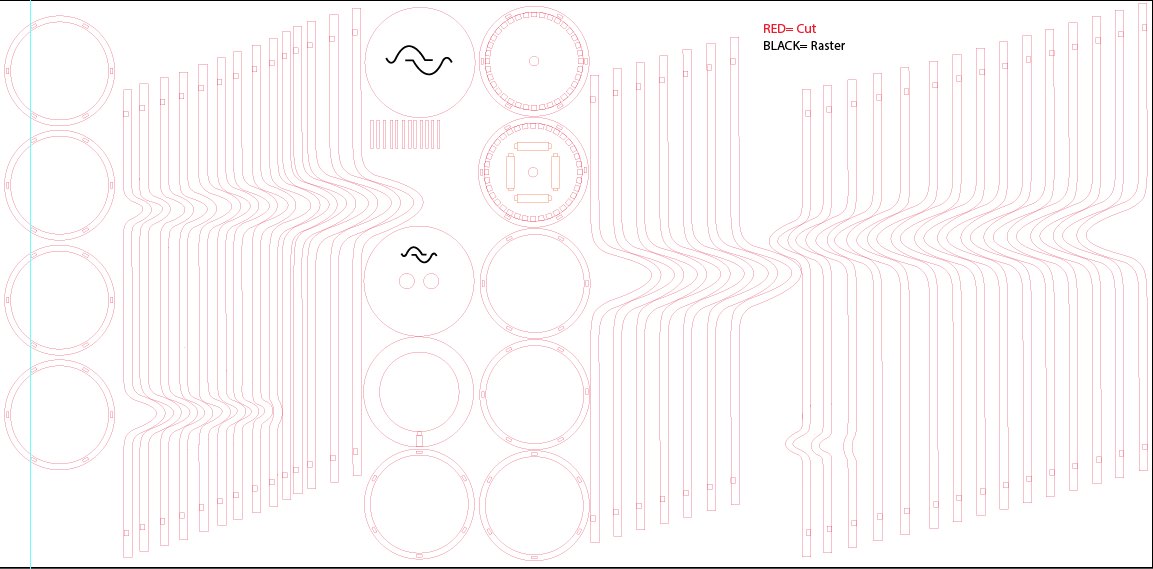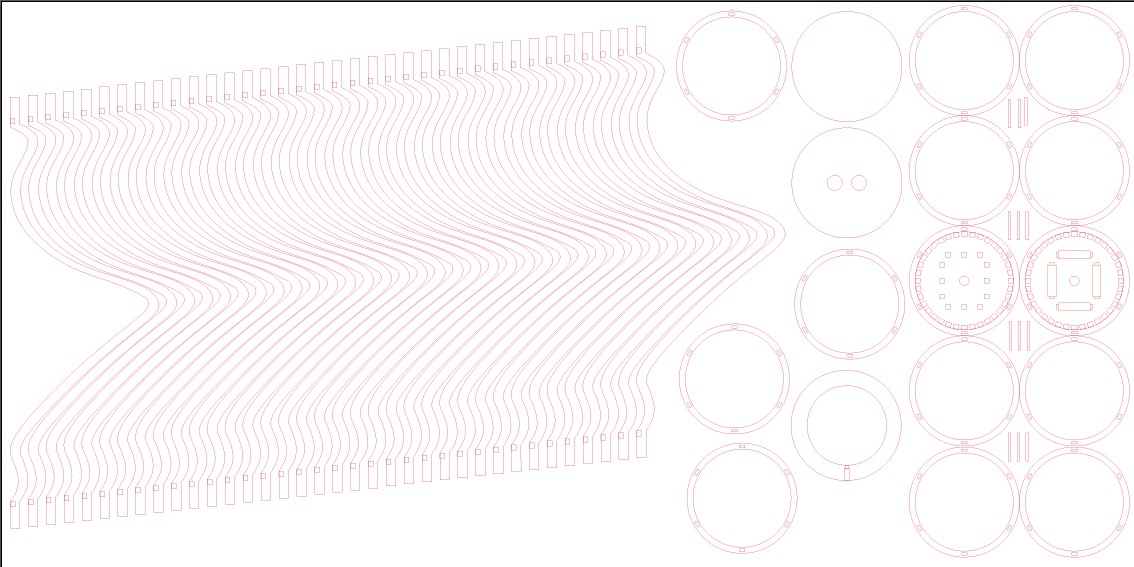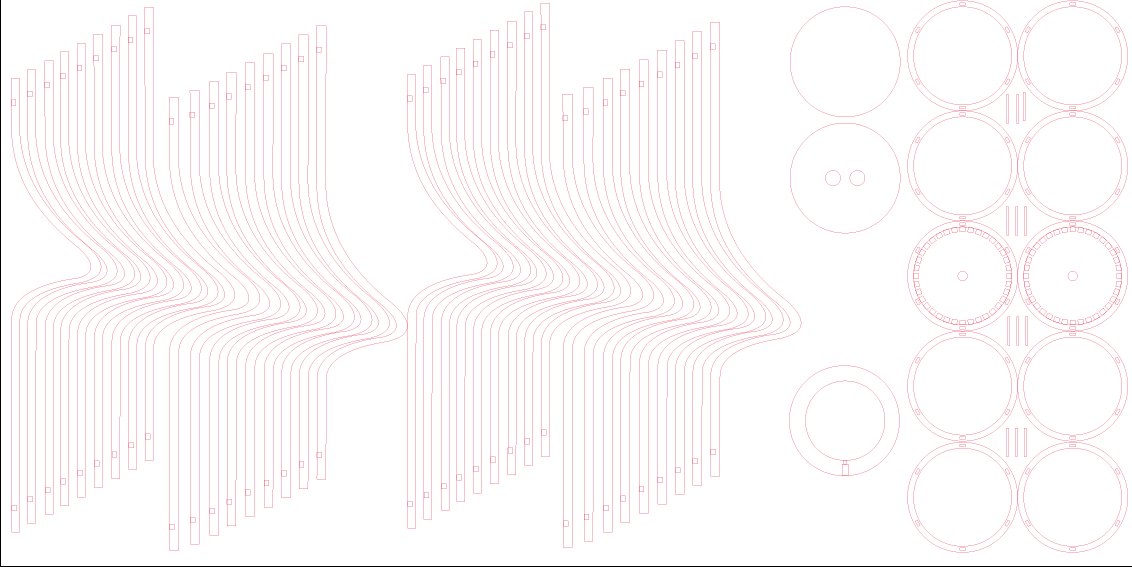19 Feb 2016
Development and trends of open design:
Sharing of design and manufacturing information can be traced back to the 18th and 19th century, however aggressive patenting put an end to that period of knowledge sharing. More recently in the mid 1990′s, principles of open design have been related to free software and open source movements. It was not until 1999 that the potential benefits of open design in machine design were applied. Together the founders of these movements established the open design foundation.
Today open-design movement currently has two trends. One trend shows people applying their skills and time on projects for the common good, where funding is lacking, for developing countries or to help spread cheaper technologies. The other trend shows open design providing a framework for developing advanced projects and technologies that may not have the resources available and involve people who, without open design, might not collaborate otherwise. There is also a third trend, where these two methods come together to use high-tech open-source, for example 3D printing, but create customised local solutions for sustainable development.
Currently the access of most of the technology needed to develop and produce open source design products is limited to designers and makers within larger institutions.
We see the future of open design leading to further connections between designers, individuals and local makers. The resources and technology will be more readily available to the wider public as more fablabs are established.
- Team Parsnip
